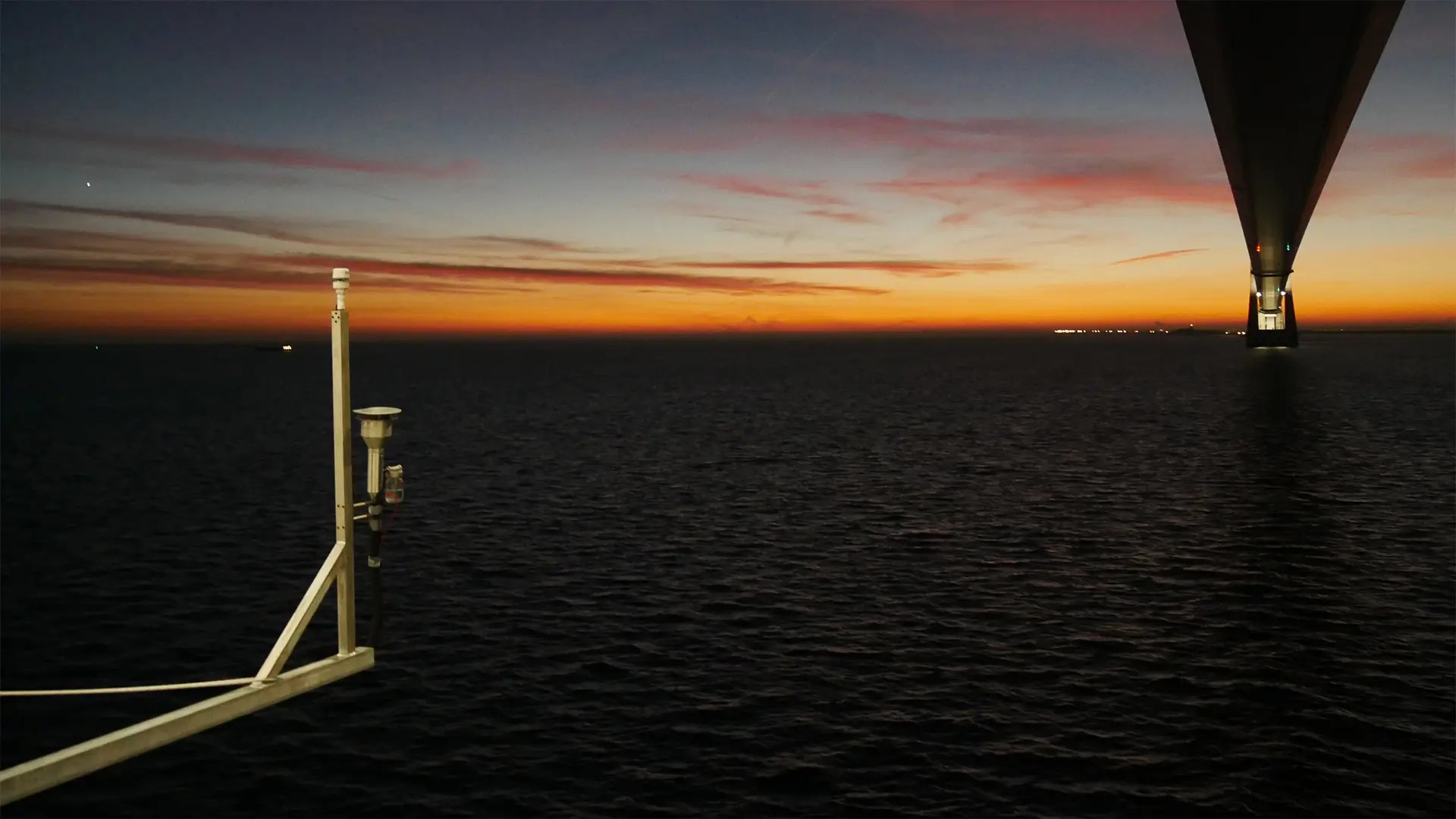Within the activities of the EU HORIZON 2020 project SCIPPER, recordings of NOx (nitrogen oxides) emissions from vessels were remotely collected and analysed. The data originated from different measurement locations in the Baltic Sea and North Sea within 2022. The analysis shows that 50 per cent of the emission measurements of ships that had to comply with the latest Tier III NOx levels, far exceed the expected emission levels.
- Our measurements show that the new rules have not achieved the desired effect. But now our results may act as a wake-up call so that relevant authorities can take action, says Johan Mellqvist at Chalmers, whose research team was responsible for a large part of the measurements in the project.

The findings raise concerns on the effectiveness of the NOx regulation for shipping and, if further confirmed, overall jeopardises the targets of environmental policies in this sensitive NOx Emission Control Area.
The EU Horizon 2020 SCIPPER project comprised an international consortium of academic, research and private sector partners to study various methods and strategies for the monitoring of pollutant emissions from maritime vessels towards enforcement of environmental regulations.
Emissions of ships are important to monitor due to their growing share to air pollution over land and their contribution to eutrophication. Therefore, NOx control was added to the European sulphur emission control area (SECA) in 2021. This means that engines installed on ships constructed from 2021 onwards must comply with significantly stricter emission limits (called Tier III) for engines when sailing in the North Sea and Baltic Seas. So far, the number of ships which need to comply with Tier III regulations is limited but growing.
The monitoring data compiled within SCIPPER originate from three fixed monitoring stations (on the Great Belt Bridge in Denmark, in Wedel near Hamburg, and in the area of Rotterdam port) and from airborne drone-based measurements over the Danish waters. A similar pattern was observed in all locations: only about one-third of NOx measurements were within the expected levels. On one hand, this demonstrates that NOx emission control can be effective under real sailing conditions. On the other hand, about 50 per cent of measurements of Tier III vessels indicate emission levels that are more than a factor of two, and up to a factor five, higher than the expected Tier III levels.
- There will be no fines or other penalties for the ships after our results. But when we can show that the regulations are not being followed, perhaps there can be some momentum in introducing sanctions and penalties. When we were able to show similar deficiencies in compliance with sulfur emissions from ships, sanctions were introduced. And now there is the possibility of a similar development for nitrogen oxide emissions, says Johan Mellqvist.
For more information, please check out the SCIPPER project website (www.scipper-project.eu) and in particular in the report D5.5 published there.
Contact
- Full Professor, Geoscience and Remote Sensing, Space, Earth and Environment
